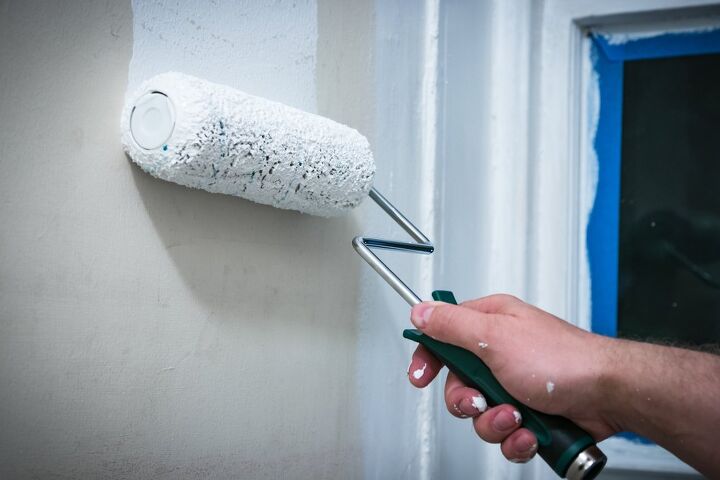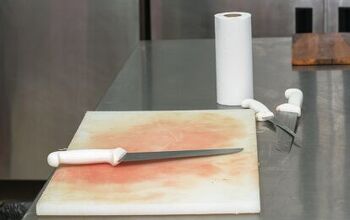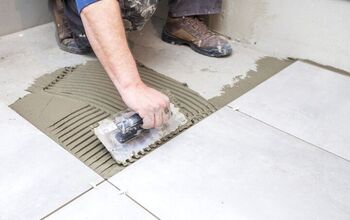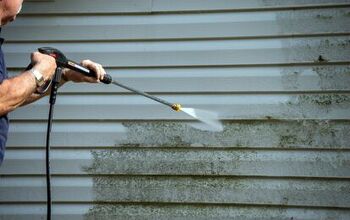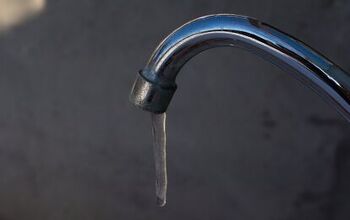How Long Does Primer Take To Dry?

Painting your home is a simpler and more affordable way to revitalize your space than undergoing a full-scale remodel. While you can hire a professional to do the job, painting is a task most homeowners can complete on their own.
If you’re embarking on this DIY project, you’ve come to the right place to learn about a crucial part of it: priming! More specifically, we’ll be talking about how long it takes primer to dry.
Most primers will take anywhere from 30 minutes to four hours to dry completely depending on the type of primer, how many coats you are using, and the conditions in which the primer is drying. The right conditions may speed up the drying process, but it is still important to be patient and make sure it is fully dry before applying your paint.
In this article, we’ll be going over the average time it takes for different primers to dry, so you can get a good idea of how to plan your upcoming painting project. Let’s get started.
Do You Need to Hire a Paint Contractor?
Get free, zero-commitment quotes from pro contractors near you.

Types of Primers (And Their Average Drying Times)
There are three types of primers that you can use for all types of paint jobs: oil-based, latex, and shellac. The primer you choose will have the most impact on how long it takes to dry. Each type has their own unique properties and are better suited for specific projects, which is another reason it’s important to know which one you need before beginning your paint job. Luckily, we’re here to help with that.
Oil-Based Primers
Usually, an oil-based primer will be done drying in about one to four hours. These types of primers are suitable for both interior and exterior projects and can be used with both oil and latex paints. Oil-based primers are known to be great at hiding stains and other blemishes. They are best on wood, metal, and any surface with existing paint on them.
One important thing to note when using oil-based primers on unsealed wood surfaces is that it can take much longer to dry. You might have to wait up to eight hours before you can begin sanding and painting.
Latex Primers
Latex primers are water-based and won’t take long to dry. Usually, one coat will be completely dry within 30 to 45 minutes. These primers are best for sealing soft woods, brick, concrete, and galvanized metals.
They’re also great when it comes to priming drywall as they can even out the surface and will thoroughly cover any patches or recent repair spots. While you’ll most likely want to use a water-based paint over this primer, you can paint with oil-based paints if that’s what you have.
Shellac Primers
Shellac primers are right in the middle when it comes to drying times, usually taking from 30 minutes to two hours before being completely dry. These types of primers work well on wood, metal, plaster, and plastic surfaces.
Like the other two primer types, they can also be used with both oil and latex paints, making them a versatile option. However, they do give off more fumes than other primers, so it’s important to use them in a well-ventilated area.
What Else Impacts Your Primer’s Drying Time?
The type of primer you use will be the most important determining factor in drying times. That said, there are some other factors to consider when it comes to estimating how long it will be before you can begin painting.
- Humidity levels. The more humid the area, the longer the drying time. This is because there are more water molecules in the air. Typically, you’ll want to primer a surface when there is around 50% humidity.
- Weather. While it’s not as important as the humidity level, the overall temperature will also affect drying times. Your primer will dry on a warmer day that is not too humid. The sweet spot is around 70 degrees Fahrenheit. Temperatures much higher than that are usually accompanied with humidity. It will take longer to dry when it is too cold, too.
- Amount of primer used. The thickness of the primer layers you are applying is also going to affect how long it takes to dry. As you may have guessed, the thicker the primer, the longer it will take to dry.
How Do You Know if a Primer is Completely Dry?
The easiest way to check if your primer is dry is simply to check if it is dry to the touch. You can do this with one finger, so you don’t actually ruin the primed surface. If you touch it and it doesn’t come off on your finger or feel tacky, it should be good to go. This leads us into our next section…
How Long Should You Wait to Paint After Priming?
Your total wait time between priming and painting will depend on what type of primer you use, how many coats you apply, and the humidity level during the drying process. Also, just because a primer is dry to the touch doesn’t mean you should jump into painting right away. It’s always better to err on the side of caution and add an extra 30 minutes to an hour to your total wait time. That way, you can be completely sure the surface is ready to go.
How Many Coats of Primer Do You Need?
The point of primer is to seal porous surfaces to help paint better adhere to it and enhance the appearance of that top layer of paint. The number of coats you need to prime will vary depending on the surface you’re painting and the color of the topcoat as well. In almost every case, you will only ever need one or two primer coats before you paint.
Using too much primer will lengthen drying times, which will set back your entire project. More importantly, it increases the risk of it cracking or chipping, which will impact how the final product looks once you begin painting over it.
On the other hand, using too little primer will ruin the paint job in a different way. Without enough primer, the surface will end up absorbing too much of the paint, which will make the paint seem blotchy and dull.
Usually, you will only need one coat of primer if you are…
- Painting over a white or very light wall.
- Using a tinted primer to assist with color changes.
Conversely, you will probably need a second primer coat if you are…
- Painting unfinished drywall, plaster, or wood.
- Covering a dark paint with a lighter color.
- Able to see old paint through the first layer of primer.
Related Questions
Do you have to paint over primer?
Yes, you have to paint over primer for long-lasting results. The purpose of primer is to bond to porous surfaces and help paint adhere to it. Therefore, it is not equipped to withstand different elements. Typically, you can leave a primed surface unpainted for 20 to 30 days. Any longer and you will have to reprime the wall before painting.
How long do primers last in storage?
As long as you properly store the primer in a tightly sealed can, it can last for two to three years. This goes for both drywall primers and basic paint primers, too. If the can has never been opened, your primer should last indefinitely.
Do I always have to use a primer before painting?
In most cases, yes. You absolutely want to have a primer layer down before you paint. However, some paints are classified as self-priming paints. These are two-in-one products that produce a much thicker coat than standard paints. That said, adding a layer of primer won’t hurt.
Do You Need to Hire a Paint Contractor?
Get free, zero-commitment quotes from pro contractors near you.

Final Thoughts on Primer Drying Times
In most cases, you can expect to wait between 30 minutes to an hour for your primer to dry. However, you should usually wait a bit longer than that before you begin painting to be completely sure. One final note for you: do some research on the brand of primer you end up purchasing. No two primers are the same, and some may have specific drying instructions.

I am a copywriter and editor based in the Las Vegas area with nearly a decade of experience under my belt writing landing pages, cost guides, blog posts, newsletters, case studies, and social media content. I have a degree in Strategic Communication and experience working in both the account and creative spheres. My goal is to always be discovering new interests and bettering myself as a writer and editor along the way.
More by Kerry Souder



